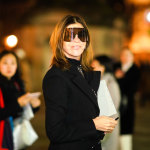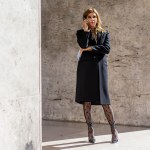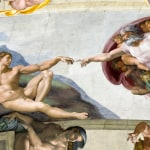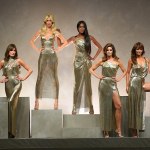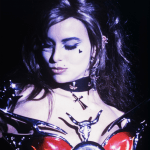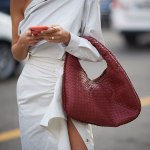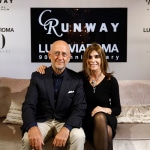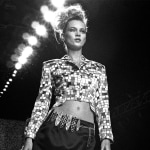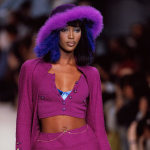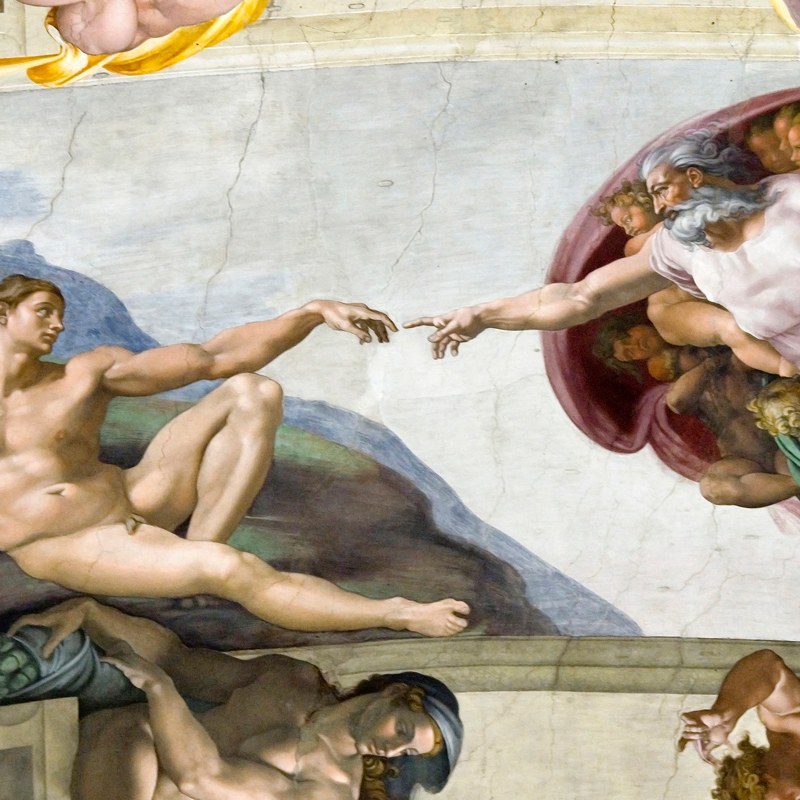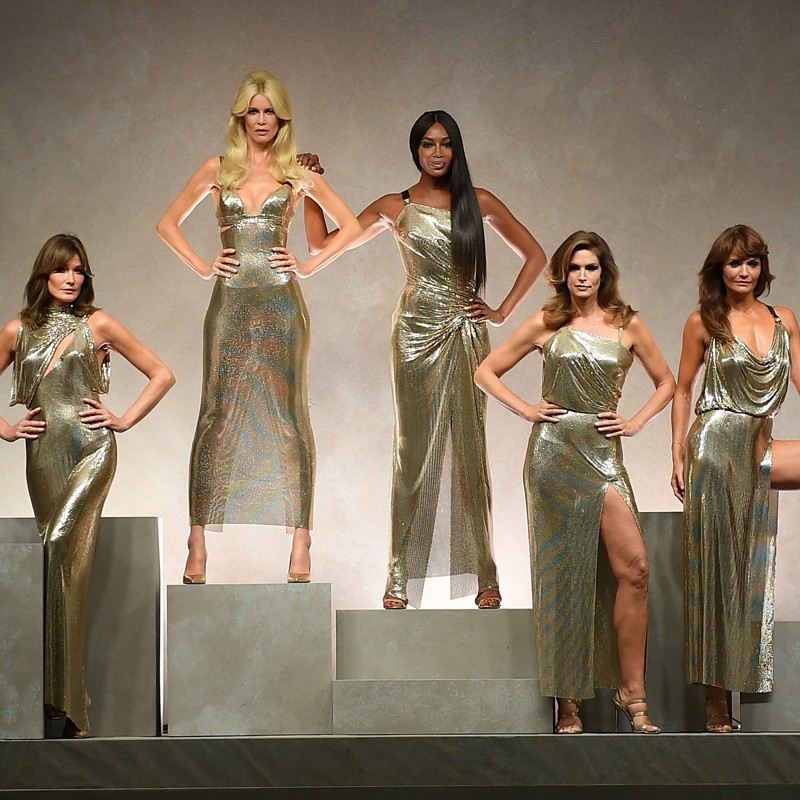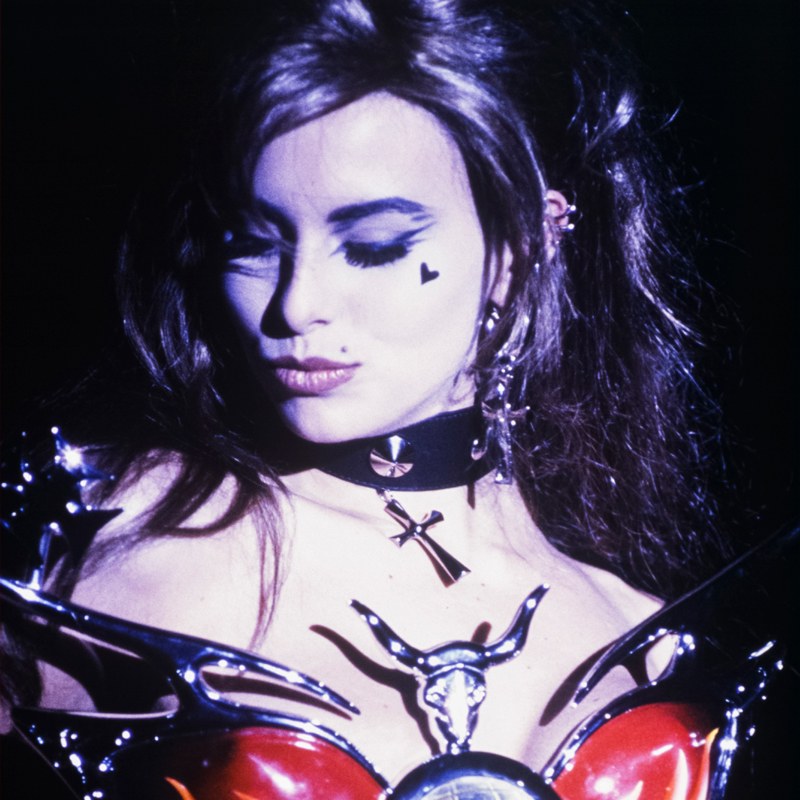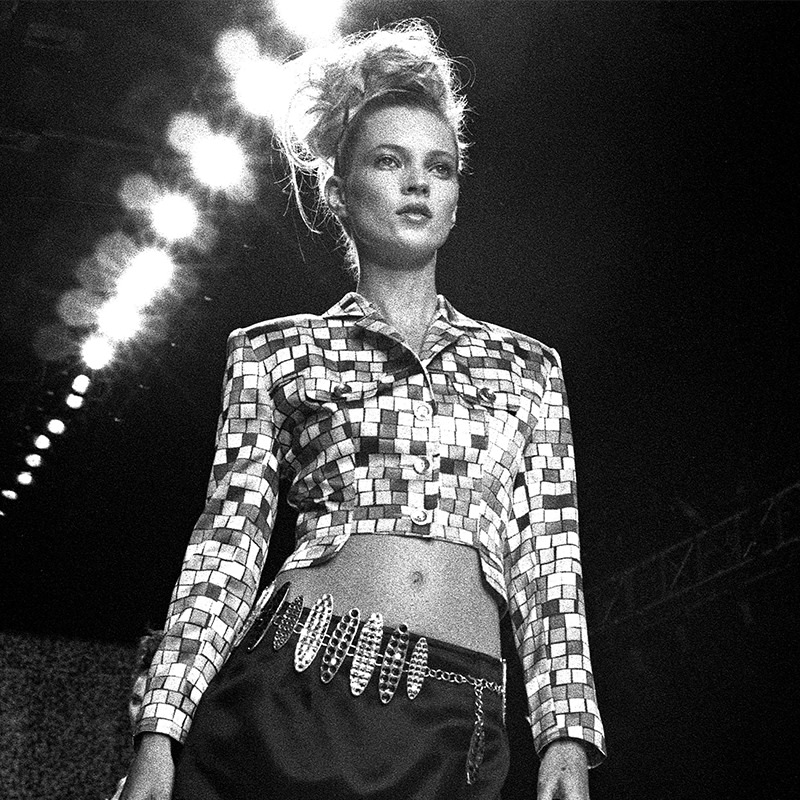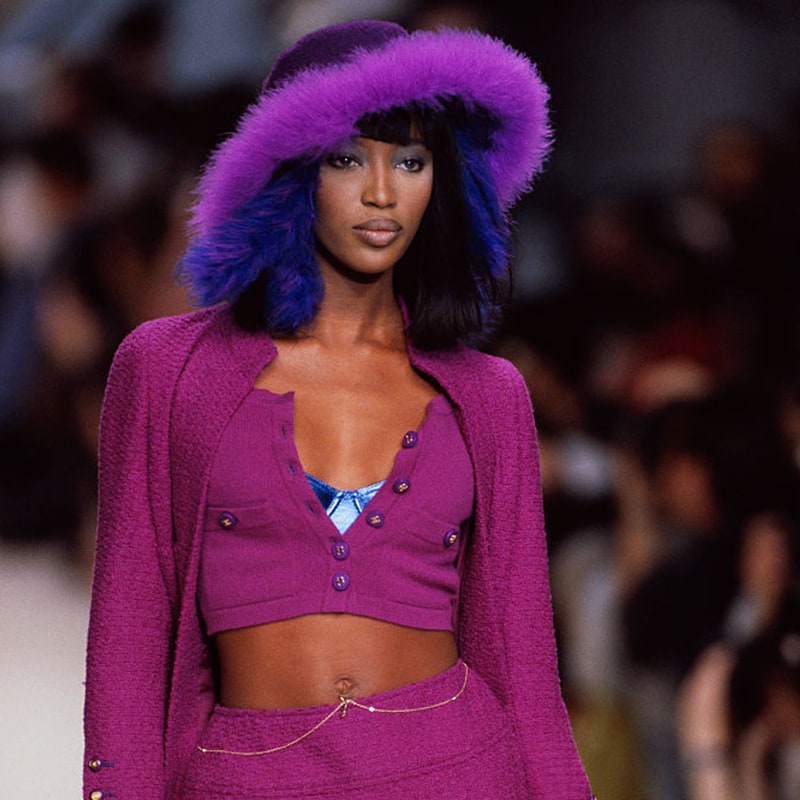Fashion's Love Affair With Florence
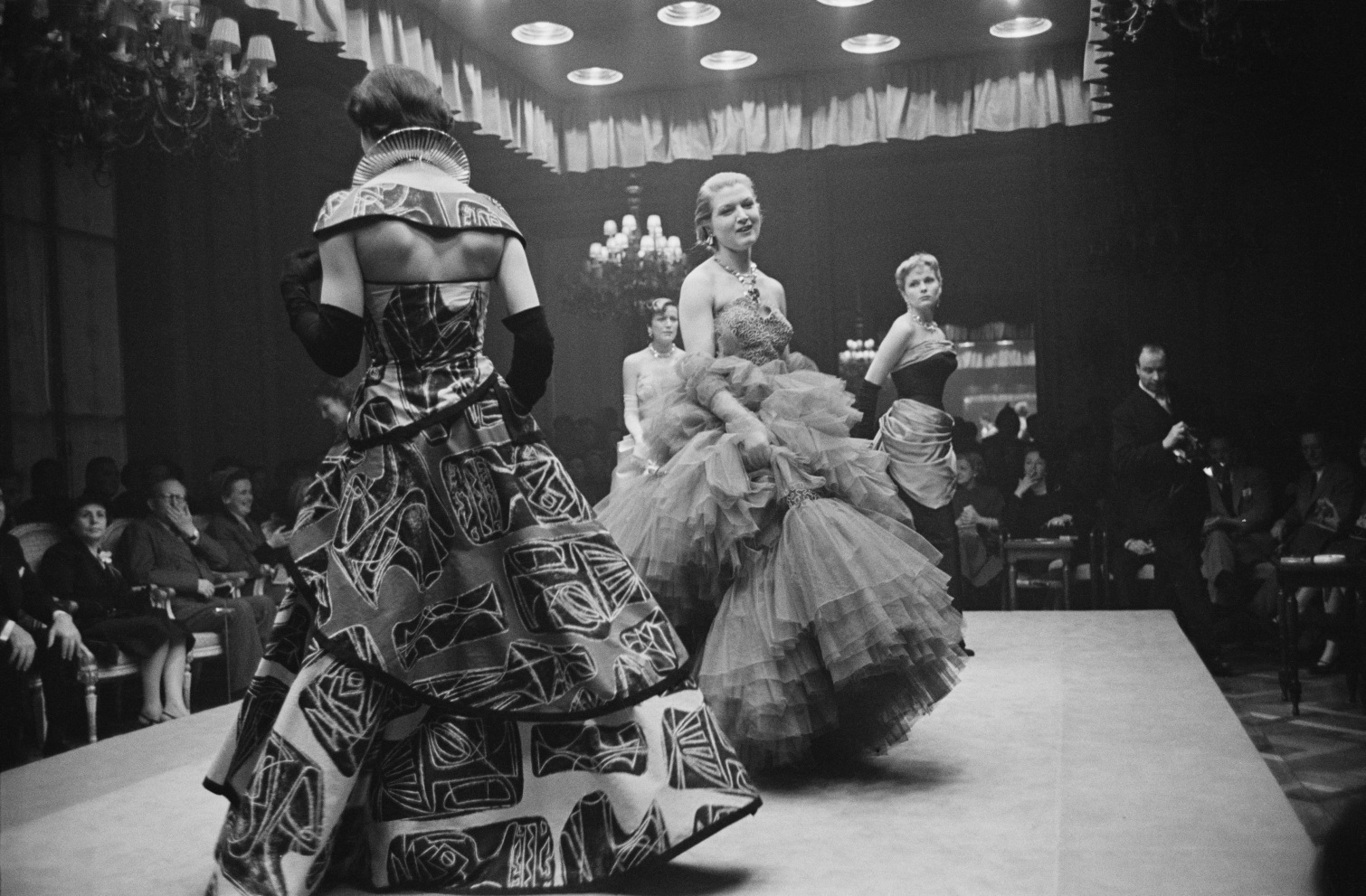
While the history of Italian fashion is rich and varied, the history of the Italian fashion show itself can be traced back to February 1951, when a handful of American buyers gathered in the Florence home of entrepreneur Giovanni Battista Giorgini.
There, in the library of the Villa Torrigiani, designers from all over Italy presented their wares: Emilio Pucci, a local aristocrat descended from a centuries-old Florentine family, showed his signature sportswear alongside looks from Milan’s Jole Veneziani, while Roman couturiers Simonetta Visconti and the Fontana sisters sent out taffeta ball gowns and embellished evening jackets. The collections were a runaway hit, and by the following season, the number of attendees swelled into the hundreds, putting Florence on the map as an up-and-coming fashion capital.
The city owed much of its early success to Giorgini’s prescience (he put ready-to-wear on the runway years before Parisian designers did) as well as his efforts to promote Italian craftsmanship to an international audience. “He created the idea of Made in Italy and we in Paris watched it grow with our own eyes,” Hubert de Givenchy once said.
The Florentine fashion shows soon moved to the Sala Bianca at Palazzo Pitti, a sprawling 15th century palace that was once the seat of the Medici family. For decades, the opulent space played host to presentations by the country’s top designers—Valentino, Giorgio Armani, Missoni, and Krizia among them—even as the center of power in Italy’s fashion industry shifted to Milan in the mid-1970s.

While the last of these shows walked in 1982, the palace still holds the same allure today for the lucky few granted permission to show within its walls. Gucci designer Alessandro Michele, for one, held the house’s Resort 2018 show in Palazzo Pitti’s Palatine gallery, and had lines from Lorenzo de’ Medici’s 15th century poem “A Song For Bacchus” embroidered on guests’ stools—a fitting choice, since the brand was founded and remains headquartered in Florence, and showed its first ready-to-wear collection in the palace in 1981. The Sala Bianca, meanwhile, was given over to an exhibition of Karl Lagerfeld’s photography in 2016, the designer’s work hanging not far from paintings by Renaissance masters like Raphael and Caravaggio.

As Milan ascended to its current place within the biannual fashion month circuit, a different kind of event was taking shape in Florence. The first Pitti Immagine Uomo was held in 1972, and in the decades since, the twice-yearly menswear tradeshow has gained a reputation for being the vanguard of the industry. Beyond promoting the work of Italian labels, the organizers invite brands from all over the world to present in front of international buyers, anointing the buzziest among them “guest designers.” For this season’s event in June, that honor has been bestowed on Givenchy’s Clare Waight Keller and multidisciplinary artist Sterling Ruby, with the former holding the Parisian house’s first standalone men’s runway show and the latter debuting his fashion brand, S.R. STUDIO. LA. CA.

Such firsts are familiar at Pitti Uomo—one of several events within the Pitti Immagine family. The trade fair has served as a launching pad for the menswear collections of Hussein Chalayan, Haider Ackermann, Fausto Puglisi, and Alessandro Dell’Acqua’s No. 21, among others. Last year, Florentine brand Roberto Cavalli debuted the first men’s collection designed by creative director Paul Surridge at Pitti rather than at Milan Fashion Week. (Its founder made the same choice in 2007, presenting his men’s collection on Florence’s famous Ponte Vecchio.)
Now in its 96th season, Pitti draws more than 1,000 brands and 30,000 buyers and press from all over the world, promising memorable shows from the top designers of the moment, including, in past seasons, Raf Simons, Off-White’s Virgil Abloh, Gosha Rubchinskiy, and Undercover’s Jun Takahashi.

The city that gave us the Renaissance has also given fashion a wealth of inspiration to draw on: Moschino’s Fall/Winter 2016 collection referenced Florence’s 15th century “bonfire of the vanities,” in which precious works of art, fashionable clothing, and other items condemned by Dominican monks as “objects of sin” were immolated en masse (designer Jeremy Scott sent out pieces with singed hems and dresses that smoked on the runway). Peter Pilotto credited Florentine frescoes as source material for his Spring/Summer 2013 collection, while Kanye West called upon Donatello’s 14th century bas-reliefs for his Yeezy jewelry debut.
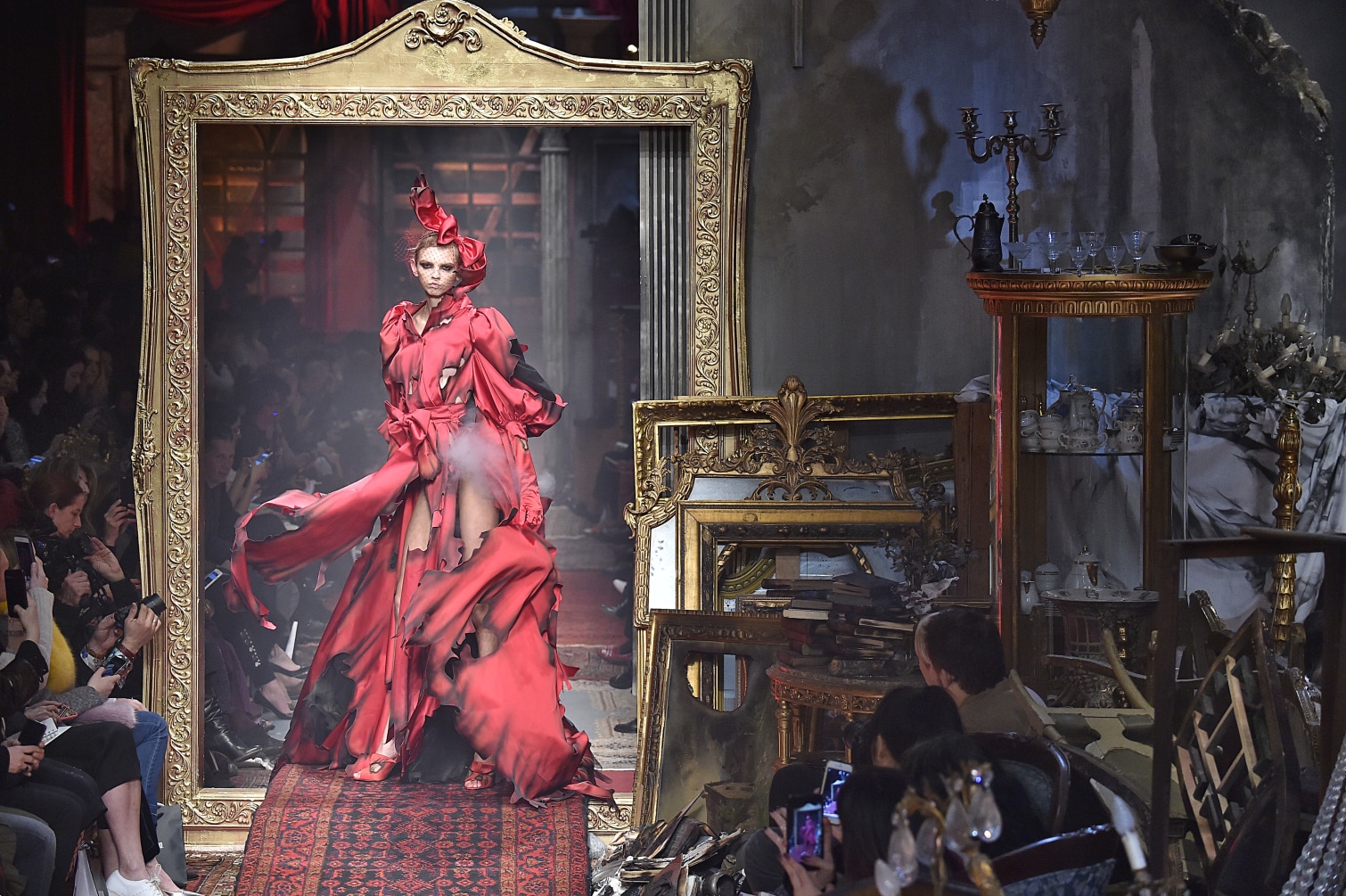
Florence’s greatest contribution, though, may be the brands it has nurtured, many of which remain entrenched within the city’s culture: Gucci fans can revisit the house’s heritage at the Gucci Museo, located in the 14th century Palazzo della Mercanzia, while Pucci’s atelier can still be found in the 1,000-year-old Palazzo Pucci, where the designer lived until his death in 1992. (His daughter, Laudomia Pucci is now the company’s deputy chairman and image director.) Salvatore Ferragamo, too, remains a family-run business more than 80 years after the late designer opened his first store in Florence.
The city’s strengths—its emphasis on craftsmanship and its unique synthesis of art and commerce—make the “made in Italy” label what it is today.
